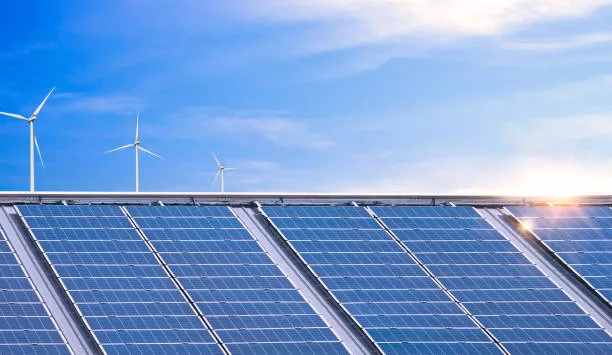Abstract: A novel approach using femtosecond lasers offers a promising solution to make solar panels more recyclable by welding glass edges, potentially phasing out the need for non-recyclable polymers.
Advancements in Solar Module Recycling
Researchers at the U.S. Department of Energy‘s National Renewable Energy Laboratory (NREL) have unveiled a groundbreaking method to facilitate the recycling of solar panels. By utilizing femtosecond lasers to create robust glass-to-glass welds, they aim to ease the recycling process of solar modules. This innovative technique seems poised to simplify the rejuvenation of aged solar panels.
Expedited Disassembly and Reuse
Not only does this new technology negate the requirement for plastic polymer sheets that complicate recycling but it also allows for straightforward disassembly. Once solar panels reach the end of their service life, this method makes it feasible to break down the modules, segregate the metals, and recover the silicon for subsequent applications.
Addressing the Polymer Problem
David Young, the senior scientist and lead author of the study, enunciates the challenges that polymers pose in recycling efforts. He emphasizes the importance of his team’s research, presented in the paper “Towards Polymer-Free, Femto-Second Laser-Welded Glass/Glass Solar Modules” published in the IEEE Journal of Photovoltaics, in circumventing this prevalent obstacle.
Bridging Technology and Practicality
This method is not confined by the type of solar technology in use, offering a versatile solution for silicon, perovskites, or cadmium telluride based solar panels. The laser’s heat affects only the immediate area, providing precision and preserving the integrity of the surrounding materials.
Semiconductors and Glass Assembly
Standard practice sandwiches semiconductor materials between glass sheets using polymer lamination. With the adoption of the laser welding technique, NREL anticipates bonds that rival the durability of the glass itself, ensuring a robust module construction.
Ensuring Module Robustness
The absence of polymers mandates increased stiffness in welded modules. NREL’s study confirms that with correct mounting and specific modifications to the glass texture, these modules can endure and pass rigorous load testing.
Innovative Edge Sealing
NREL’s pursuit of laser edge sealing is the first instance of applying femtosecond lasers in this context. Prior attempts, involving nanosecond lasers, yielded results that were too delicate for outdoor solar panel applications. The new technique delivers exceptional strength combined with sealing properties that could render this approach as a cost-effective standard in the future.
Looking Towards a Sustainable Solar Future
Emphasizing the high-risk, high-reward nature of their research, Young and his team project a future where solar module lifespans surpass 50 years and feature greatly enhanced recyclability.
Research and Development Underpinning
Conducted under the Durable Module Materials Consortium, this study benefits from the backing of the U.S. Department of Energy’s Solar Energy Technologies Office within the Office of Energy Efficiency and Renewable Energy. NREL stands as a beacon of innovation as the U.S. Department of Energy’s premier laboratory dedicated to renewable energy and energy efficiency research, operated by the Alliance for Sustainable Energy, LLC.
